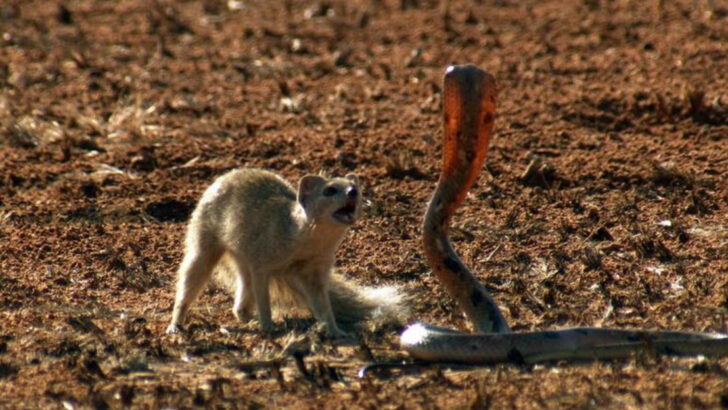Snakes may be deadly—but they’re not always the smartest ones in the wild. Across the U.S., a surprising group of animals regularly outwit, dodge, and even defeat venomous snakes. Some use speed. Others use brute force. A few are immune to venom altogether. These creatures don’t just survive—they turn the tables on one of nature’s most feared predators. From clever squirrels waving hot tails to birds that snatch snakes mid-slither, these animals have evolved wild ways to win. Let’s meet the 13 bold survivors that prove brains, instinct, and fearlessness can beat fangs every time.
California Ground Squirrel
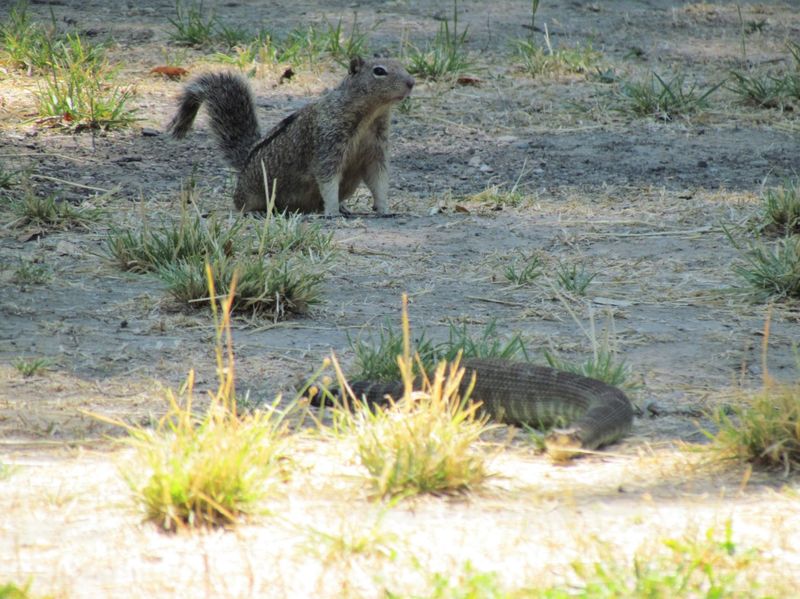
Imagine a small creature waving its bushy tail, confusing a rattlesnake with its audacity. The California ground squirrel is equipped with an ingenious trick: it heats up its tail and waves it at rattlesnakes to disorient them. This clever mammal even chews on shed snake skins to mask its scent, further avoiding detection by predators. Adaptation is its game, ensuring survival even in snake-laden territories. Fun fact: these squirrels have developed partial immunity to rattlesnake venom, a testament to their evolutionary prowess. Such ingenuity earns these squirrels a place among nature’s cleverest survivors.
Virginia Opossum

The unassuming Virginia opossum carries a secret superpower: an incredible resistance to snake venom. Often underestimated, this creature can survive rattlesnake bites that would easily kill other animals. Its resilience is due to a naturally occurring protein in its blood that neutralizes venom. This trait not only protects it but allows the opossum to thrive in environments where others might falter. This nocturnal wanderer is a true testament to nature’s extraordinary adaptability and resilience. Interestingly, the opossum also helps control pest populations, making it a beneficial presence in its ecosystem.
Coyote
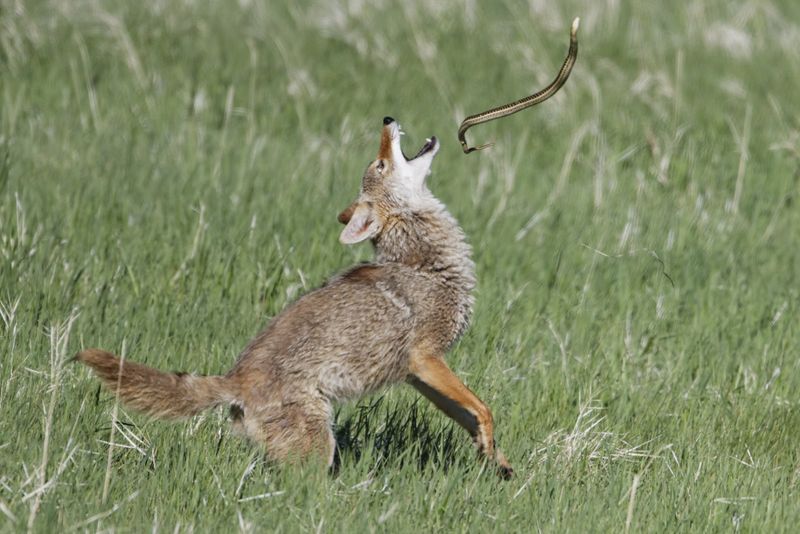
In the early hours of dawn, the coyote moves with stealth and precision. This cunning predator has mastered the art of the hunt, especially when it comes to dealing with dangerous snakes. Coyotes use their agility and keen senses to hunt rattlesnakes, carefully avoiding their deadly strikes. Their strategic approach and adaptability make them formidable opponents in nature’s game of survival. These intelligent creatures often work in pairs or groups, ensuring their safety while securing a meal. It’s a dance of life and death in the wild, where the coyote’s cunning often prevails.
Bobcat

The bobcat, with its tufted ears and fierce gaze, is a master of ambush. This elusive feline stalks through the underbrush, waiting for the perfect moment to strike at unsuspecting snakes. Its powerful limbs and sharp claws are perfectly suited to subduing even the most venomous of serpents. With a blend of patience and precision, the bobcat minimizes the risk of being bitten while securing a meal. Its stealth and skill highlight the bobcat’s role as an apex predator in its ecosystem, where survival depends on both strength and strategy.
Raccoon
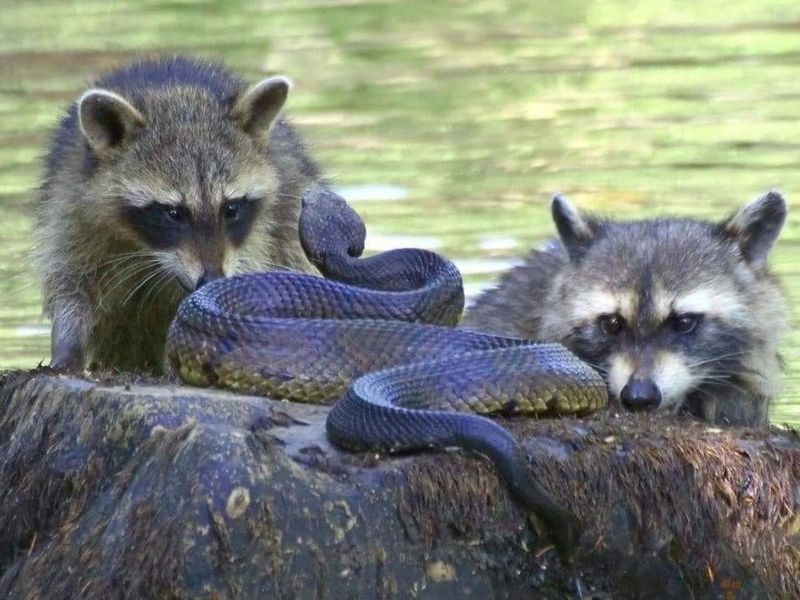
With dexterous paws and a curious mind, the raccoon is a clever strategist. Known for using tools, this masked bandit can outsmart snakes by smashing them with rocks. Its intelligence and adaptability allow it to thrive in diverse environments, from urban settings to the wild. The raccoon’s cunning ensures it can handle the threat of snakes with its unique approach. This nocturnal forager is not just a survivor but a testament to the ingenuity found in the animal kingdom. The raccoon’s playful nature often masks its true cunning in the face of danger.
Badger
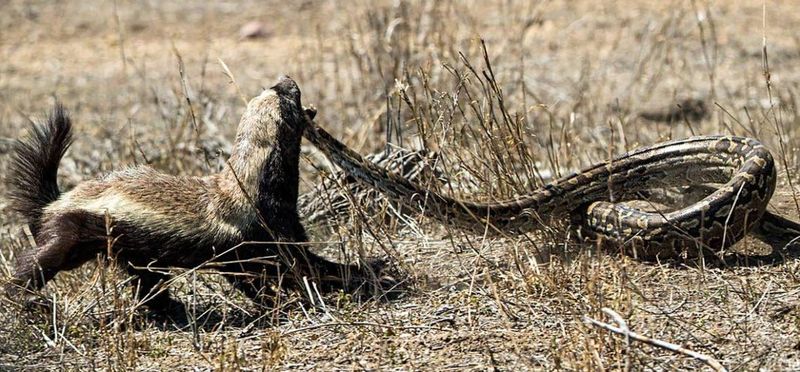
With a fearless demeanor and formidable digging skills, the badger takes on rattlesnakes with ease. This burrowing mammal is not only a powerful digger but is also somewhat tolerant to venom. Armed with sharp claws and a tenacious spirit, badgers are known to tackle snakes in their underground lairs. Their thick skin offers protection against bites, making them a formidable opponent. The badger’s boldness and resilience exemplify nature’s survival instincts in their purest form, showcasing a creature that is both feared and respected in the wild.
Red-tailed Hawk & Eagles
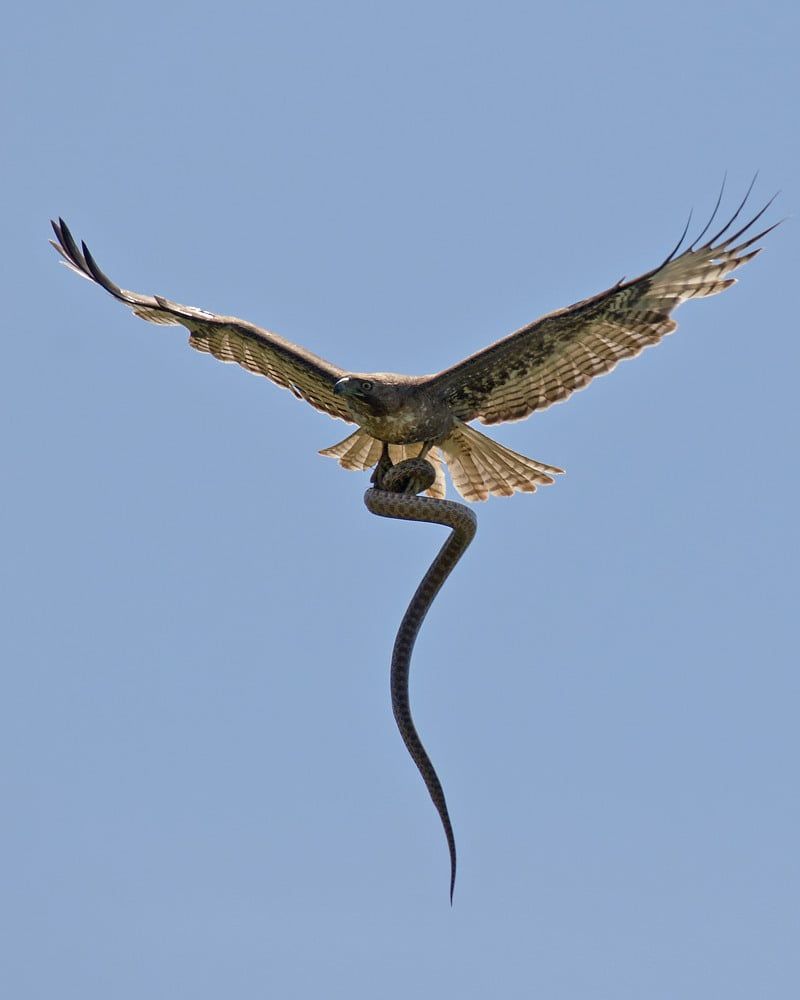
Majestic and powerful, birds of prey like the red-tailed hawk and eagles dominate the skies. These aerial hunters possess incredible vision and speed, allowing them to spot snakes from great heights. With a swift dive, they strike with deadly precision, often dropping snakes from heights to incapacitate them. Their talons act as lethal weapons, ensuring their prey is subdued quickly. In the wild, these birds play a crucial role in controlling snake populations, showcasing their vital position in the ecosystem. Their prowess in the air makes them true masters of their domain.
Owls
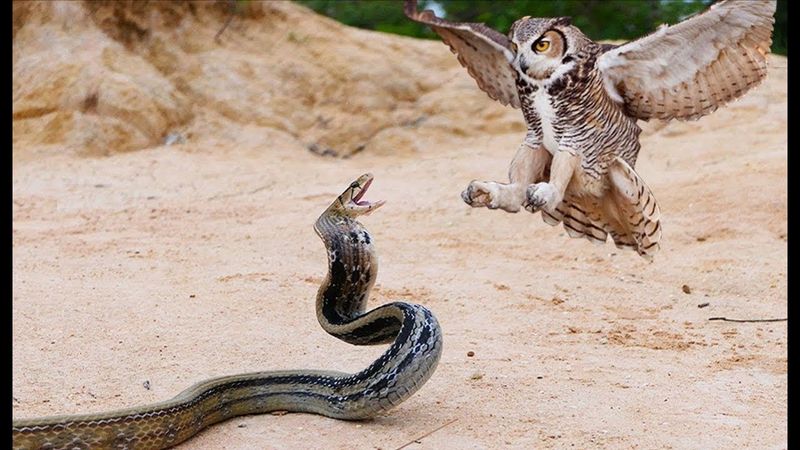
Owls, with their silent wings and keen night vision, are the phantoms of the night. These expert hunters use their ability to fly silently to catch unsuspecting snakes under the cover of darkness. Their powerful talons allow them to crush and immobilize serpents with ease. The owl’s role as a nocturnal predator highlights its importance in maintaining ecological balance. These mysterious birds are revered in many cultures as symbols of wisdom, yet their hunting skills are what truly define their place in the wild. Their silent approach is both eerie and effective.
Roadrunner
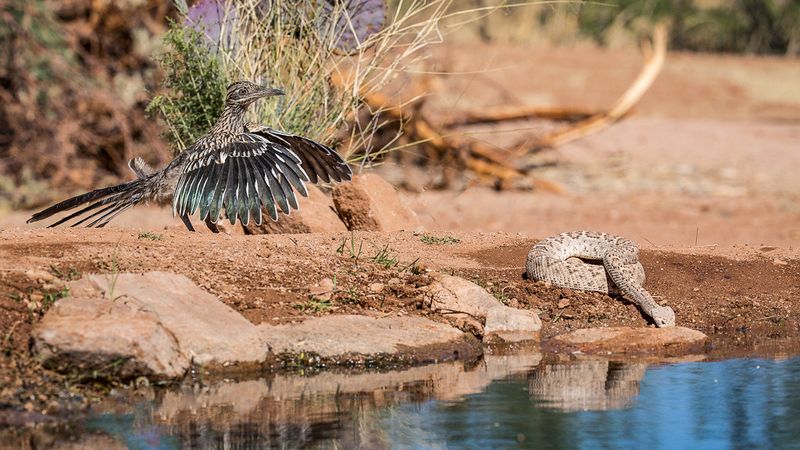
Speeding across the desert sands, the roadrunner is a blur of feathers and determination. Known for its incredible speed and agility, this bird has a unique method of snake hunting. By darting around venomous snakes and pecking at their heads, it disorients and eventually overcomes them. This desert dweller’s quick reflexes and bold tactics make it a snake’s worst nightmare. The roadrunner’s energetic nature and distinctive appearance have made it a cultural icon, symbolizing endurance and adaptability in the harshest of environments. Its fearless pursuit is a testament to survival instincts.
Wild Boar
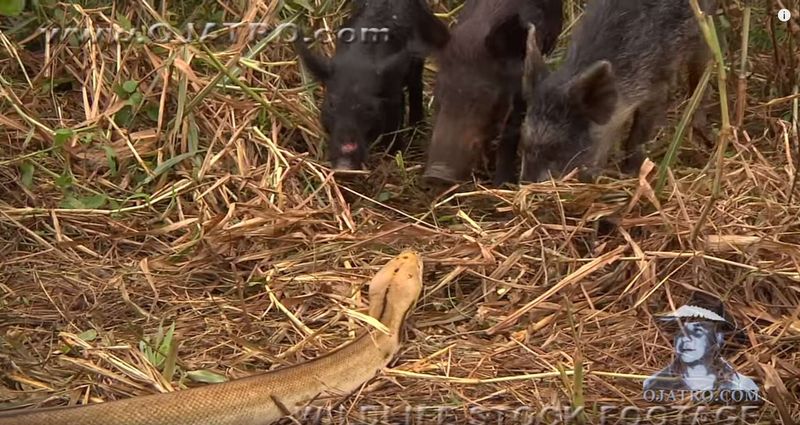
With tusks at the ready and a thick hide for protection, the wild boar is a formidable force against snakes. These robust creatures can stomp or gore snakes, relying on their strength and resilience to overcome these challenges. Despite their stocky build, wild boars are surprisingly agile, allowing them to evade strikes. This adaptability ensures their survival in diverse habitats, where danger lurks at every corner. The wild boar’s ability to fend off predators is a testament to its enduring presence in the wild. Its fearlessness and raw power are unmatched.
Striped Skunk
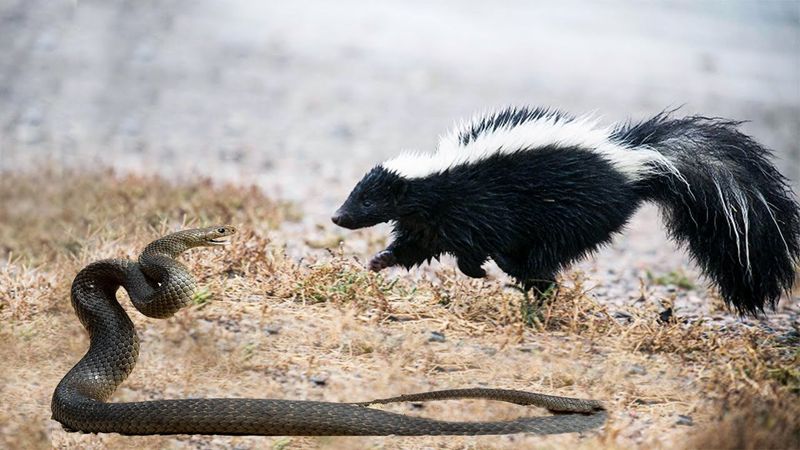
The striped skunk, with its distinctive markings and bold attitude, is a fearless adversary to snakes. Known for its pungent defense mechanism, this creature also boasts a remarkable resistance to snake venom. This resistance, coupled with its daring nature, allows skunks to take on venomous serpents without hesitation. Their presence in an ecosystem helps control snake populations, showcasing their role as both predator and pest controller. The skunk’s notorious spray is its first line of defense, but its venom resistance adds an extra layer of survival strategy.
Mongooses

Introduced to certain parts of the U.S., mongooses are agile and swift, with a partial immunity to snake venom. These weasel-like creatures are renowned for their ability to take on snakes, employing a mix of speed and strategy to outmaneuver their foes. Their quick reflexes and fearless nature make them effective snake hunters, often engaging in dramatic battles with venomous adversaries. The mongoose’s reputation as a snake slayer is legendary, highlighting its role as a daring predator. Its adaptability has allowed it to thrive in new environments.
King Snake
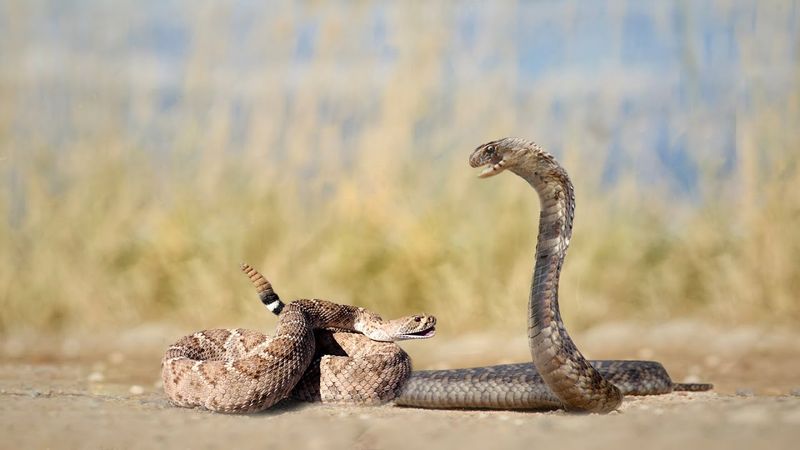
The king snake, with its striking patterns, is a natural predator of other snakes, including venomous ones. Its immunity to rattlesnake venom and ability to kill by constriction make it a formidable hunter. This snake’s unique defense mechanism and hunting prowess allow it to thrive in regions teeming with potential threats. Its adaptability and resilience highlight its position in the food chain, where it plays a crucial role in controlling snake populations. The king snake’s ability to turn the tables on its venomous counterparts is a marvel of nature.

